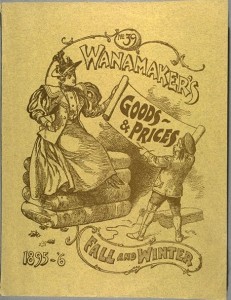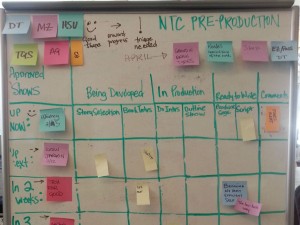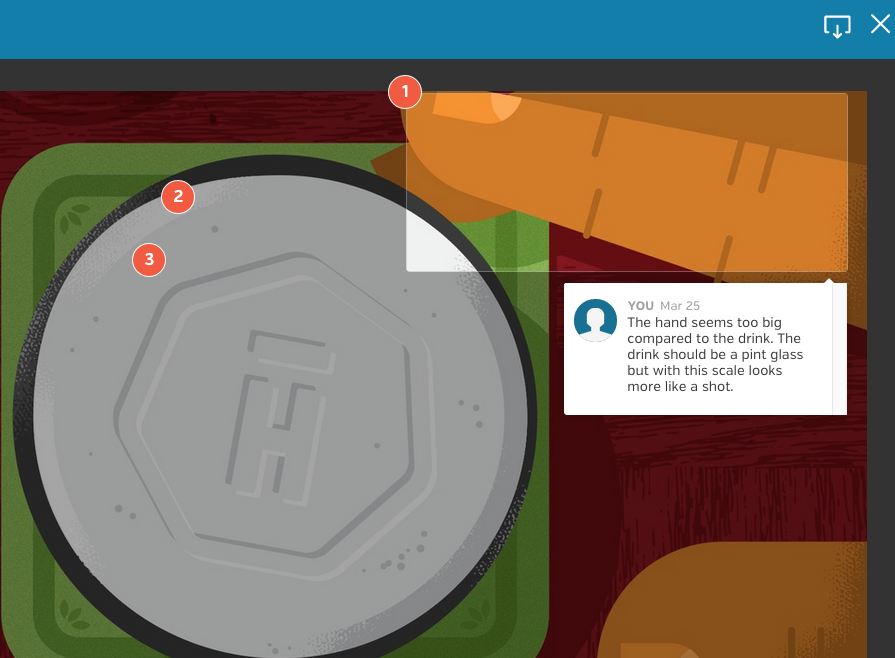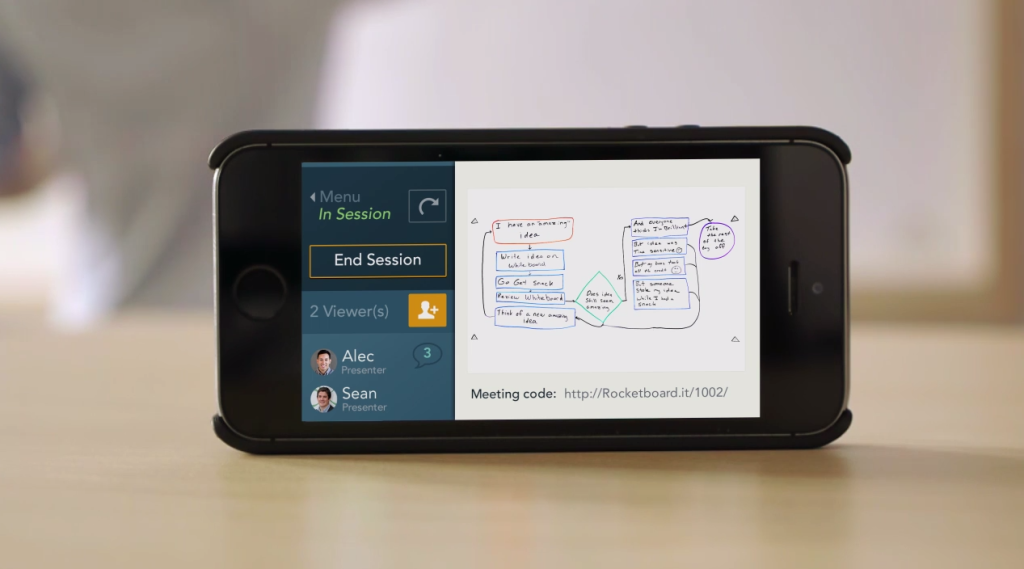 19th century department store tycoon John Wanamaker is credited with inventing the money-back guarantee, hiring the first full-time copywriter and being the first retailer to realize the power of full-page newspaper ads. Despite his belief in the power of advertising, this pioneer of modern marketing was also enough of realist to recognize its limitations, as summarized by his famous quote:
19th century department store tycoon John Wanamaker is credited with inventing the money-back guarantee, hiring the first full-time copywriter and being the first retailer to realize the power of full-page newspaper ads. Despite his belief in the power of advertising, this pioneer of modern marketing was also enough of realist to recognize its limitations, as summarized by his famous quote:
“Half the money I spend on advertising is wasted; the trouble is I don’t know which half.”
Lacking the analytical tools to understand cause and effect, advertisers in the golden age of Madison Avenue considered marketing as more of a creative endeavor dependent on intuition, inspiration and a sprinkling of stardust. Measurements of quantitative return on advertising spend were, at best, approximations based on focus groups and consumer surveys or assumptions made when a boost in sales coincided with a new campaign.
The internet and e-commerce has swung the pendulum dramatically in the opposite direction. In the modern era of advertising, there are a plethora of analytical tools for measuring every online campaign right down to the nearest penny. Search engine and display ads can track impressions, clicks and conversions, while cookies can tell you if a new customer saw your ad weeks before they actually purchased your product.
Pop psychology often defines creativity as right-brained, while scientific people are considered left-brained. In reality the brain is far too complex to be so neatly segmented but to use the convenient metaphor, marketing has increasingly become a left-brain exercise thanks in part to software that’s focused on quantitative analytics rather than intangible artistry.
What would John Wanamaker think of a world that could replace copywriters with software programmed to fine-tune SEM ads, much like how news agencies use algorithms to write articles? He may delight in knowing exactly which half of his advertising budget was being wasted, but he would probably also realize that modern consumers need more than just keyword-optimized copy.
Great marketing has always been a symbiotic union of the left and right brains. You can’t simply peddle a product when today’s consumers are more interested in brands that connect with them at an emotional level – with who they are and the lifestyle they lead. But how does a CMO or marketing manager balance the demands of the left and right brain? Do you need to be a modern-day factotum or middle-brain savant that is both highly creative and deeply analytical?
As a peddler of SaaS software myself, I believe the answer lies in the tools you use. The marketer’s left-brain is buzzing with a range of software solutions that analyze everything from website traffic and email conversions to ad views and SEO clicks. There are all-encompassing tools like Google Analytics or Adobe Marketing Cloud (still known as Omniture to most) and a myriad of niche apps that excitedly offer ever-advanced insights. Hardly a day goes by when I don’t receive a left-brain buzzword-laden email boasting of “big data analytics that will identify the best customer prospects through advanced machine learning.”
 Meanwhile, the right side of the marketer’s brain is atrophying. With a paucity of software tools built for the creative process, many marketers still manage creative projects with an esoteric mix of Post-its, spreadsheets, email and overly complex project management tools spitting out Gantt charts. Perhaps the creative process, which is messy, spontaneous and has as many dead ends as successful outcomes, is not disposed to control by software?
Meanwhile, the right side of the marketer’s brain is atrophying. With a paucity of software tools built for the creative process, many marketers still manage creative projects with an esoteric mix of Post-its, spreadsheets, email and overly complex project management tools spitting out Gantt charts. Perhaps the creative process, which is messy, spontaneous and has as many dead ends as successful outcomes, is not disposed to control by software?
Not so. For many years, file sharing services like Hightail have helped creative professionals working with large files to not only deliver final artwork, designs and video to clients, but to work with extended teams of freelancers and agencies to evolve ideas from concept to production.
File sharing is just one among a wave of new software tools that help facilitate the creative process. Finally, the marketer’s right brain is getting the help it needs and vendors are recognizing the market opportunity around creative collaboration. The following five apps are some of the most innovative ways to get a better handle on your creative process.
Trello
Kanban is a project management system widely used in manufacturing and software development. Trello is a simple and elegant take on Kanban that lets you easily progress projects using cards that are organized into stages. We use Trello at Hightail to manage the backlog of ideas we want to test on our site. As ideas turn to rough mock-ups, initial designs, and ultimately coded pages, the cards progress across our Trello board.
Hightail Spaces
This new beta service from Hightail is designed to help you gather feedback. You share an image file with others and they can add comments directly onto the image. It’s great for working with visual creative assets like photographs and illustrations.
Remark
Remark does for video what Hightail Spaces does for images by allowing your team to have time-stamped conversations on specific sections of a video, avoiding the tedious process of providing feedback via email. (We’re currently working on a video commenting tool for Hightail Spaces.)
Rocketboard
Rocketboard is a mobile app that lets you share your physical whiteboard with people not in the room. Continuous screen refreshes and snapshots make it easy to have effective brainstorming sessions with remote clients and contractors.
Asana
For more complex creative projects, Asana is a simple yet powerful project management tool to keep track of tasks and deliverables. In addition to shared projects, Asana provides the ability to have conversations based around projects and tasks, which is ideal for the creative process.
These five apps should prove useful for bringing organization and efficiency to that hard-to-pin-down creative process. Though they each only solve a piece of the overall creative collaboration puzzle, they are welcome improvements to assist the marketer’s right brain in the era of left-brained big data analytics tools.
If you like this:
Go guerrilla! Five unorthodox ways to market your brand
Tear down this collaboration firewall
Seven digital tools changing how ad agencies work







Great post even if its objective is to sell Hightail gear. I’m a one-man band so not in the market for your products but it was interesting learning about your products as well as the ‘left-right brain’ concept which isn’t new but deftly put.